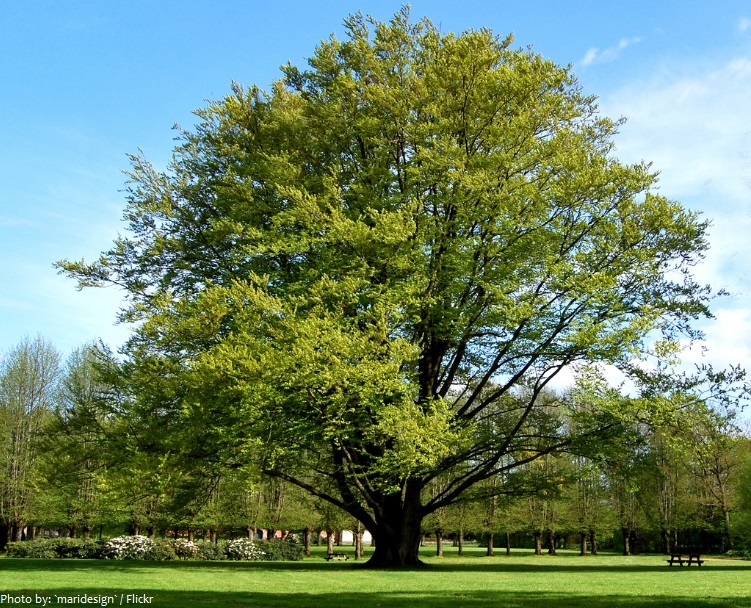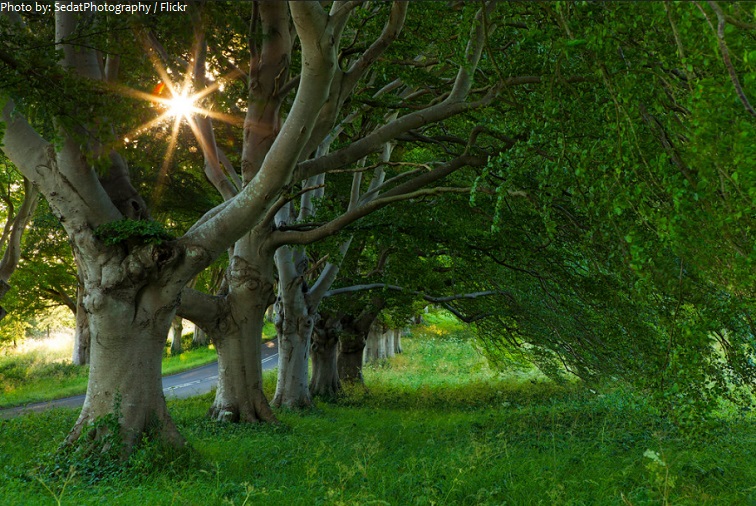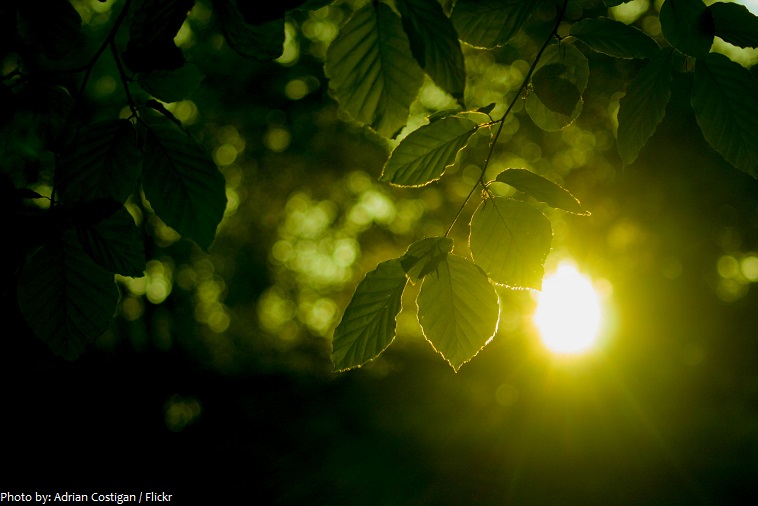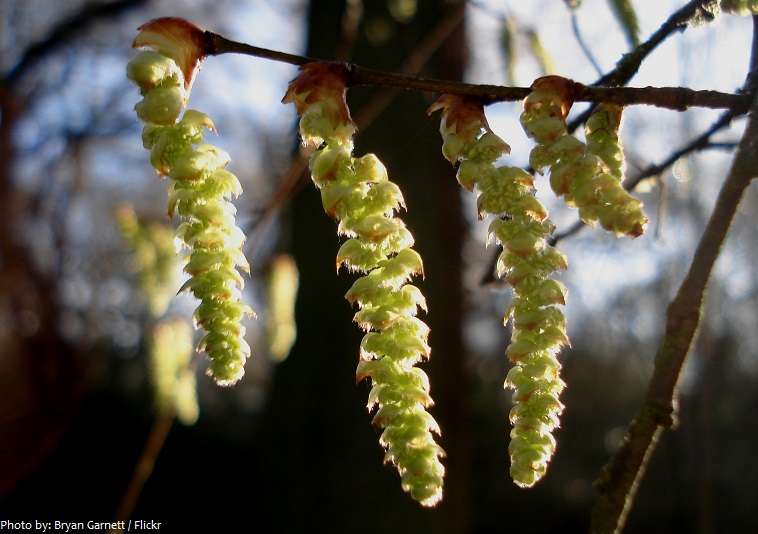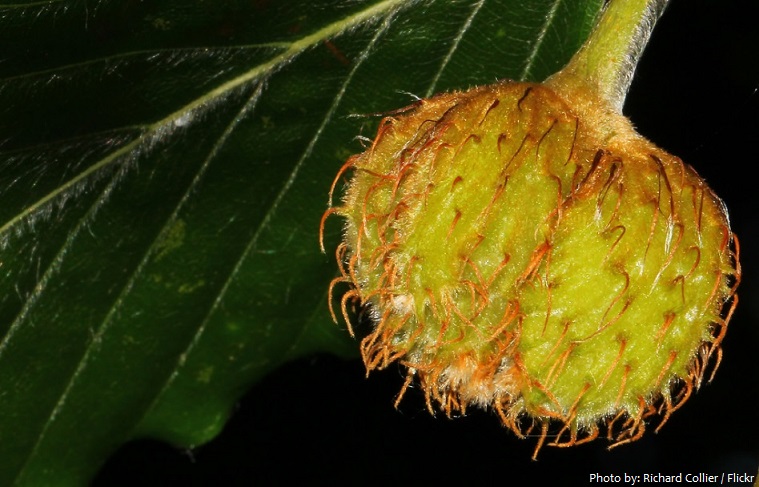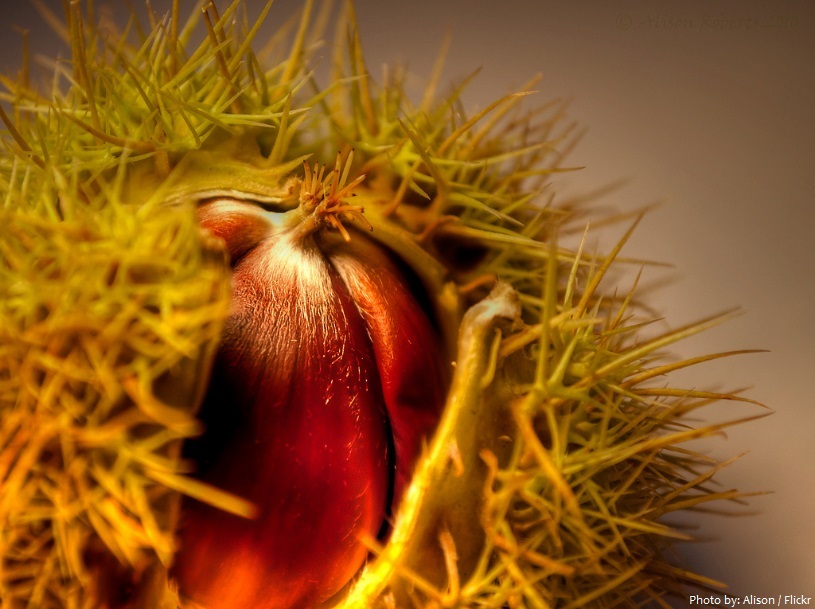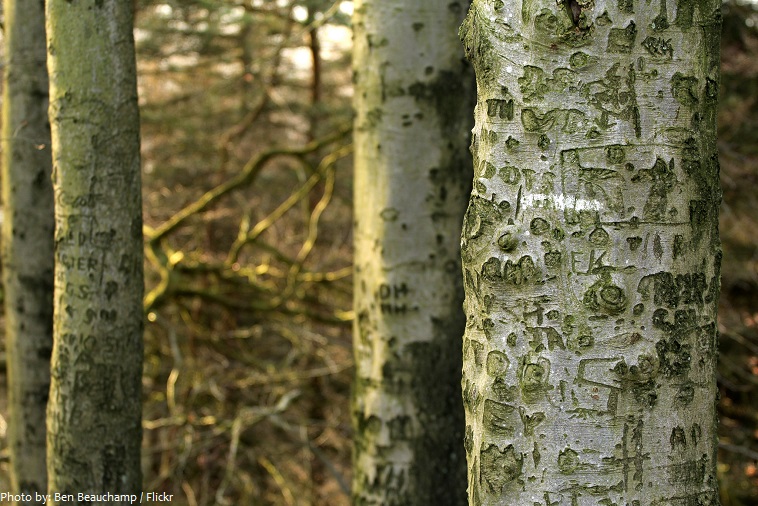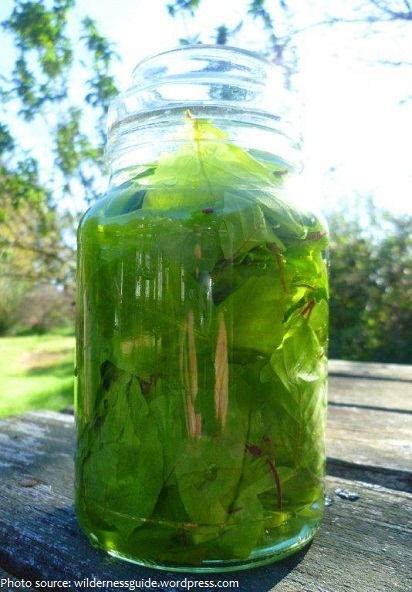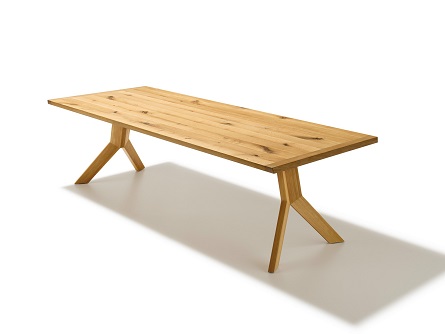Beech (Fagus) is a genus of deciduous trees in the family Fagaceae.
There are 13 species of beech.
They are native to temperate Europe, Asia and North America.
Beech grows on a wide range of soil types, acidic or basic, provided they are not waterlogged; but prefers chalky soils and limestone.
The beech tree is a sturdy and imposing tree with a short trunk and wide-spreading crown.
It has a lifespan of 150 to 400 years, depending on the species.
Beech can reach from 15 to 50 meters (50 to 164 feet) in height, depending on the species.
The bark is generally smooth and light grey in color.
The leaves of beech trees are entire or sparsely toothed, from 5 to 15 centimeters (2 to 6 inches) long and 4 to 10 centimeters (1.6 to 10 inches) broad. Newly formed leaves are brightly green and covered with hairs. Older leaves lack hairs and they are dark green in color.
Beeches are monoecious, bearing both male and female flowers on the same plant; the female flowers borne in pairs, the male flowers wind-pollinating catkins [photo below]. They are produced in spring shortly after the new leaves appear.
The fruit is a small, sharply three–angled nut 1 to 1.5 centimeters (0.4 – 0.6 inch) long, borne singly or in pairs in soft-spined husks 1.5 to 2.5 centimeters (0.4 to 1 inch) long, known as cupules. The husk can have a variety of spine- to scale-like appendages, the character of which is, in addition to leaf shape, one of the primary ways beeches are differentiated.
The nuts are edible, though bitter (though not nearly as bitter as acorns) with a high tannin content, and are called beechnuts or beechmast.
Insects and diseases are not serious threats to the tree; however, beech is susceptible to damage from strong winds, especially when growing in urban landscapes.
The beech most commonly grown as an ornamental tree is the European beech (Fagus sylvatica), widely cultivated in North America as well as its native Europe.
Beech bark is extremely thin and scars easily. Since the beech tree has such delicate bark, carvings, such as lovers’ initials and other forms of graffiti, remain because the tree is unable to heal itself.
Fresh from the tree, beech leaves in spring are a fine salad, as sweet as a mild cabbage though much softer in texture.
The young leaves can be steeped in gin for several weeks, the liquor strained off and sweetened to give a light green/yellow liqueur called beech leaf noyau. This intriguing liqueur is traditionally made with gin and young beech leave and is a springtime alternative to Sloe gin.
Beechnuts have a high enough fat content that they can be pressed for edible oil.
Beechnut was used as food for the cattle in the past. Many forest mammals and birds consume beechnuts as a regular part of their diet.
Beech wood is an excellent firewood, easily split and burning for many hours with bright but calm flames.
Beech wood is used for making a variety of products including furniture, flooring, toys and containers.
Some drums are made from beech, which has a tone between those of maple and birch, the two most popular drum woods.
Beech wood tablets were a common writing material in Germanic societies before the development of paper.
In modern German, the word for “book” is Buch, with Buche meaning “beech tree”.
The textile modal is a kind of rayon often made wholly from the reconstituted cellulose of pulped beech wood.
Beech wood is used for the stocks of military rifles when traditionally preferred woods such as walnut are scarce or unavailable or as a lower-cost alternative.
The name of the tree (Latin fagus, whence the species name; cognate with English “beech”) is of Indo-European origin, and played an important role in early debates on the geographical origins of the Indo-European people.
The southern beeches (Nothofagus genus) previously thought closely related to beeches, are now treated as members of a separate family, Nothofagaceae. They are found in Australia, New Zealand, New Guinea, New Caledonia, Argentina and Chile (principally Patagonia and Tierra del Fuego).
